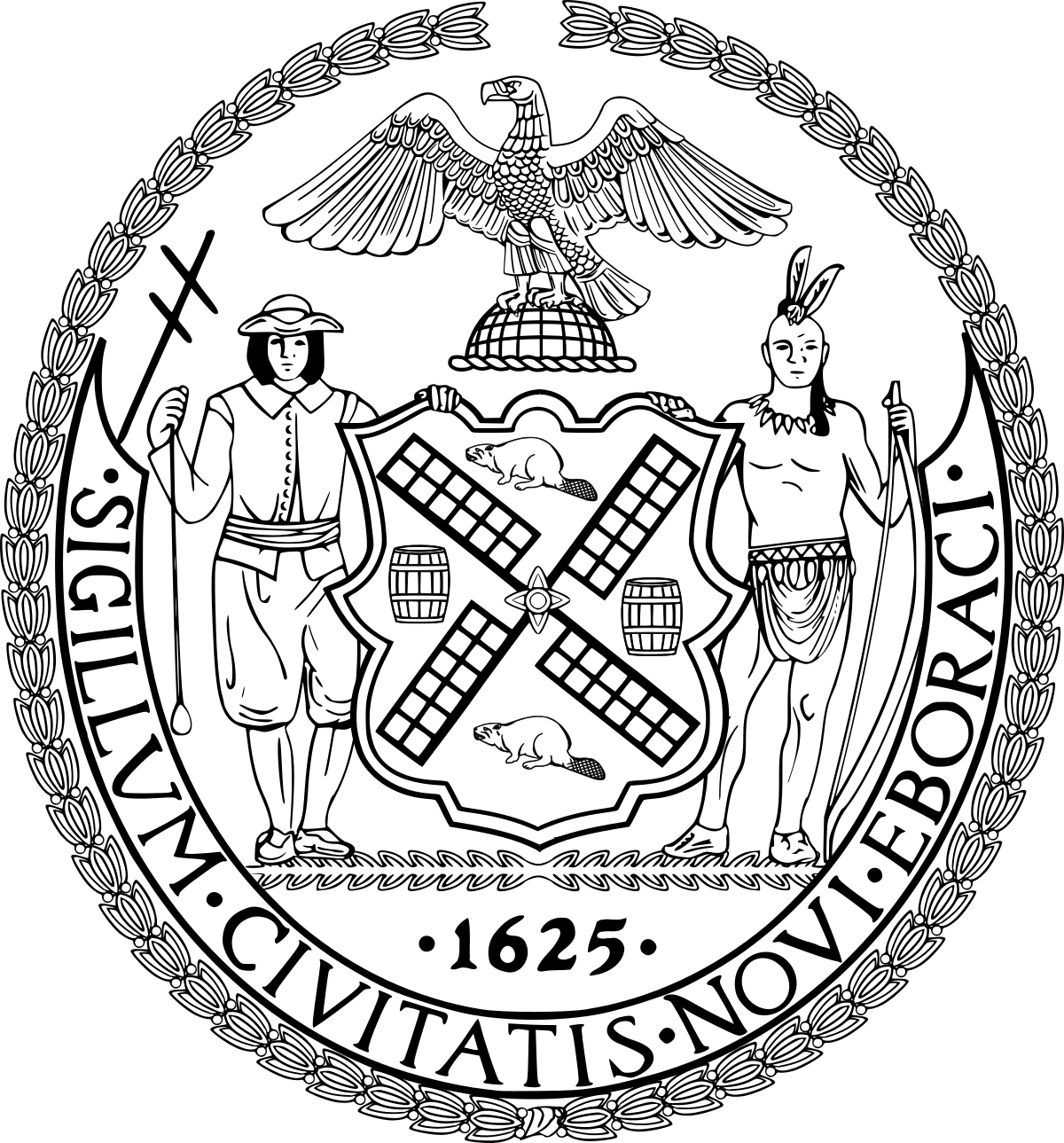Pneumatic Tube Mail System in NYC
Networks of pneumatic tubes speeded mail along under city streets beginning in the 1890s. Mail was enclosed in pneumatic tube canisters that could hold up to 600 letters. The canisters traveled at an average of 35 miles per hour.
The first Pneumatic Tube system was in Philadelphia in 1893 in Philadelphia. Boston, Brooklyn, New York, Chicago and St. Louis also used the system. By 1915, these six cities had more than 56 miles of pneumatic tubes pulsing under the streets.
1897 - Oct-7
In 1897, the Post Office begins sending mail from the Produce Exchange on Bowling Green to the Old General Post Office on Park Row, a distance of 3750 ft through a leased. The trip took 1 min. Eventually it took 20 minutes to get a letter from Bowling Green to Harlem.
When the mail got clogged, they had to dig up the street. By 1917 the annual rental payment was $17,000 per mile for the USPS. At its peak, the system handled 95,000 letters a day, 30% of the mail in NYC. The system finally ended in 1953.
The 1st package was sent by Senator Chauncey M. Depew a bible wrapped in an American flag, a copy of the Constitution, a copy of President William McKinley's inaugural speech and several other papers. The return delivery contained a bouquet of violets. Subsequent deliveries included a variety of amusing items including a large artificial peach (a reference to Depew's nickname), clothing, a candlestick and a live cat.
In his autobiography, postal supervisor Howard Wallace Connelly recalled, How it could live after being shot at terrific speed from Station P in the Produce Exchange Building, making several turns before reaching Broadway and Park Row, I cannot conceive, but it did. It seemed to be dazed for a minute or two but started to run and was quickly secured and placed in a basket that had been provided for that purpose. A suit of clothes was the third arrival and then came letters, papers, and other ordinary mail matter.
1953 During World War I, the Post Office Department suspended the service to conserve funding for the war effort. After the war service was restored in New York and Boston. By the 1950s, it became clear that the end of pneumatic tubes was in sight as increasing mail volumes and changing urban landscapes made it impractical. While post offices and businesses moved with relative ease, the underground pneumatic system did not.

